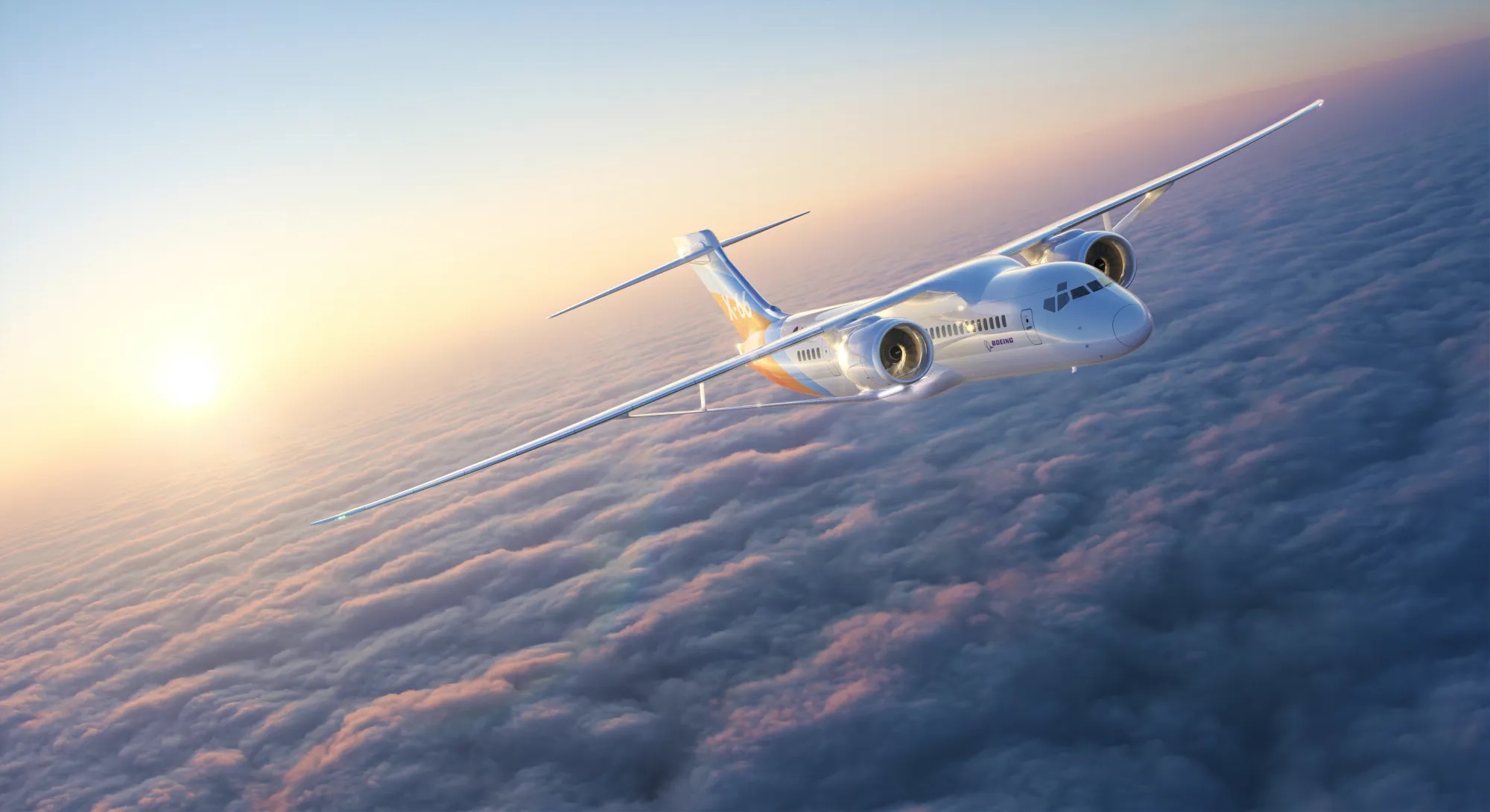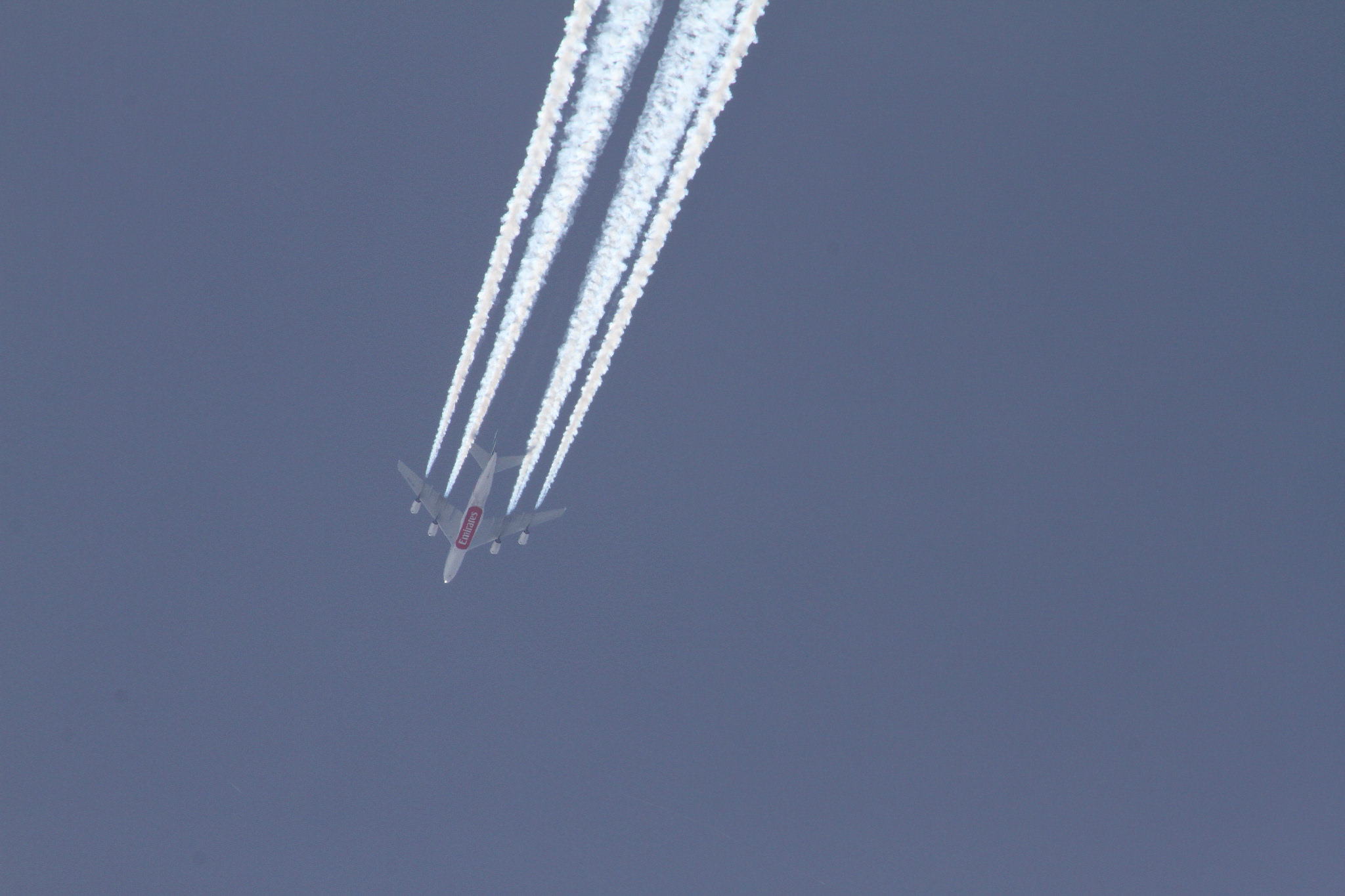Climate change is arguably the single greatest threat facing the world today. According to the Sixth Assessment Report (AR6) by the UN Intergovernmental Panel on Climate Change (IPCC), average global temperatures are set to increase between 1.5 and 2 °C (2.7 to 3.6 °F) by mid-century. To restrict global temperatures to an increase of 1.5 C and avoid the worst-case scenarios, the nations of the world need to achieve net zero emissions by then. Otherwise, things will get a lot worse before they get better, assuming they ever do.
This means transitioning to cleaner methods in terms of energy, transportation, and aviation. To meet our climate commitments, the aviation industry is developing technology to significantly reduce air travel’s carbon footprint. To help meet this goal, NASA and Boeing have come together to create the X-66 Sustainable Experimental Airliner, the first experimental plane specifically focused on helping the U.S. achieve net-zero aviation. Last week, NASA released a new rendering of the concept, giving the public an updated look at the future of air travel.
Continue reading “NASA and Boeing Release New Rendering of their X-66 Sustainable Experimental Airliner”

